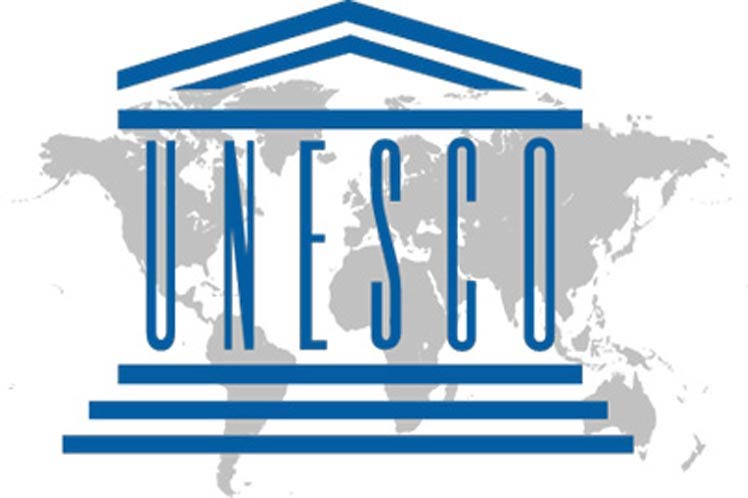‘Many kids won’t complete school in 2030 in Sub-Saharan Africa’
UNESCO has issued a statement saying a third of the way to the 2030 deadline for the Sustainable Development Goals, its new projections prepared for the UN High-level Political Forum show that the world will fail its education commitments without a rapid acceleration of progress. It said in 2030, when all children should be in […]

The United Nations Educational, Scientific and Cultural Organisation (UNESCO)
UNESCO has issued a statement saying a third of the way to the 2030 deadline for the Sustainable Development Goals, its new projections prepared for the UN High-level Political Forum show that the world will fail its education commitments without a rapid acceleration of progress.
It said in 2030, when all children should be in school, one in six aged 6-17 will still be excluded. Many children are still dropping out: by 2030, it is expected 40% will still not be completing secondary education rising to 50% in sub-Saharan Africa.
UNESCO advised that countries should match their education plans with their global commitments to get back on track.
“The new global education goal, SDG 4, calls on countries to ensure that children are not only going to school but also learning, yet the proportion of trained teachers in sub-Saharan Africa has been falling since 2000,” it said.
At current trends, by 2030, learning rates are expected to stagnate in middle-income countries and Latin America, and drop by almost a third in Francophone African countries. Without rapid acceleration, globally, 20% of young people and 30% of adults will still be unable to read by the deadline.
The statement said, the 2030 Agenda for Sustainable Development emphasizes leaving no-one behind yet only 4% of the poorest 20% complete upper secondary school in the poorest countries, compared to 36% of the richest. The gap is even wider in lower-middle-income countries.
The Global Education Monitoring Report calculated in 2015 that there was a $39 billion annual finance gap to achieve the global education goal, yet aid to education has stagnated since 2010.
“The onus shouldn’t all be on donors to fix the problem,” said the director of the UNESCO Institute for Statistics, Silvia Montoya. “Countries need to face up to their commitments too.
“Currently less than half of countries are providing the data we need to monitor progress towards the global education goal. What is the point in setting targets if we can’t track them? Better finance and coordination are needed to fix this data gap before we get any closer to the deadline,” she said.
A complementary publication by the Global Education Monitoring Report analysed policies that countries said they have put in place to implement the education goal since 2015. It recommends that countries align their education plans with SDG4 so that they can get back on track.
Manos Antoninis, Director of the Global Education Monitoring Report, said “Countries have interpreted the meaning of the targets in the global education goal very differently. This seems correct given that countries set off from such different starting points. But they must not deviate too much from the promises they made back in 2015. If countries match their plans with their commitments now, they can get back on track by 2030.”
The report shows that many countries have prioritised equity and inclusion since 2015 to meet the goal, with school vouchers issued to indigenous students in Bolivia, tuition fees abolished for the poorest in Vietnam and conditional cash transfers given to refugee children in Turkey, and to children with severe intellectual disabilities in South Africa.
Learning has been prioritized too, with a third of countries introducing learning assessments to look at trends over time, and one in four countries using learning results to reform their curricula.
